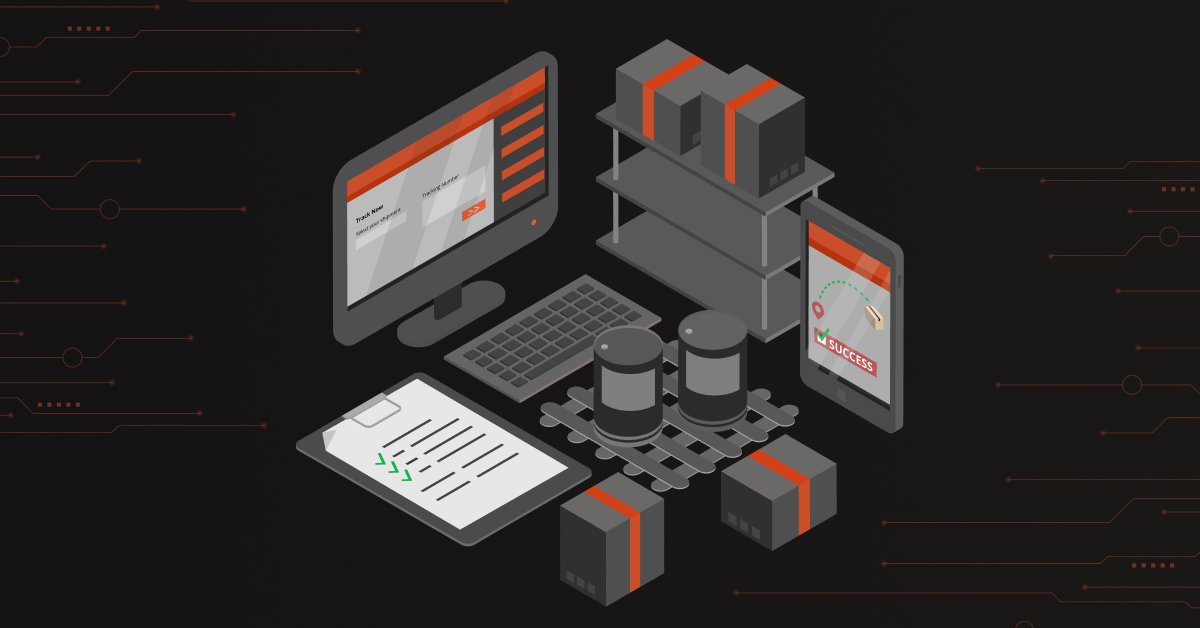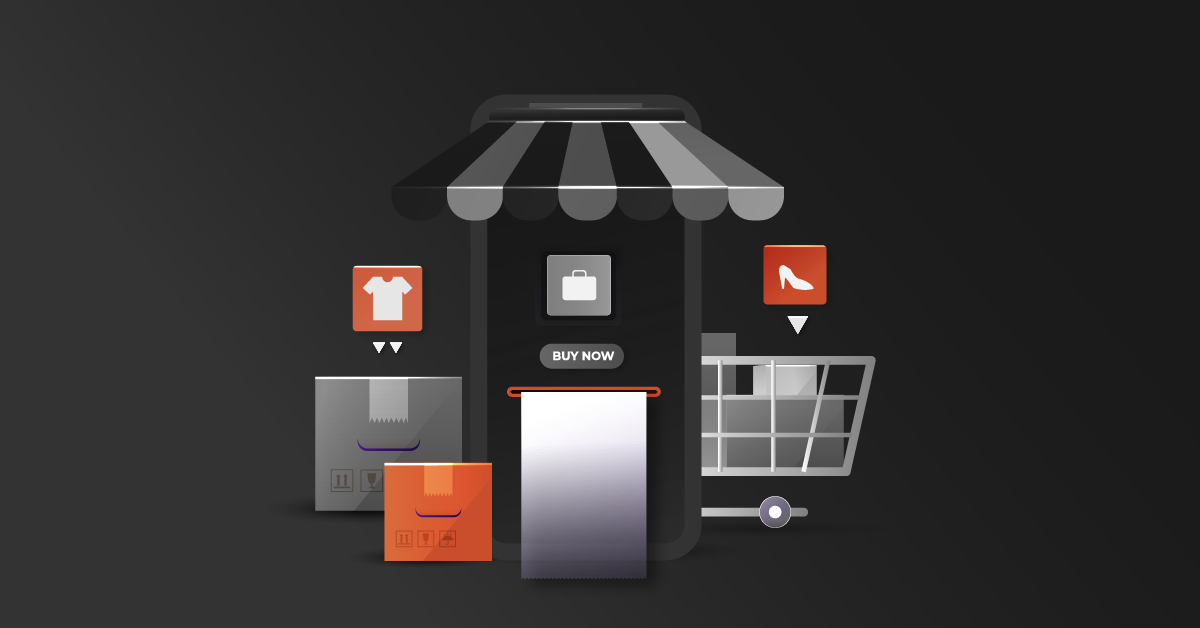Contents
The Importance of Integration
Customer demands are not static. The advent of Amazon, for instance, radically reshaped how customers locate, research, and purchase goods and services. These changes have altered the way individuals function within business relationships. Whether the individual or group purchasing the products or service in question are end users or other businesses, customers have come to expect highly responsive systems that make the purchasing process as efficient and convenient as possible.
To address these increasing market demands, suppliers and distributors are increasingly modifying the way they do business. This has resulted in the increasing integration of business systems and applications across the organization. This has changed the way we source product, the way we organize it internally, and the way we make it available for our customer base.
The challenge that comes with this quest for integration is the tendency for organizations to solve different problems with different business systems. It is rare for a single enterprise system to handle all the needs of an organization since they often exceed the capabilities of an enterprise system. Below are a few such areas where packaged systems fall short:
- CRM Systems: Managing the sales pipeline—finding new potential customers and working to convert them into longtime partners.
- Inventory Management & Forecasting Systems: Assisting with the management of inventory—the inventory you have right now, and the inventory you will need to meet future demand.
- SRM Systems: Management of supplier relationships, often at a purchase order level.
- Shipping & Fleet Management Systems: Management of shipping schedules, rates, labeling, and the delivery tracking of customer shipments.
With all the potential needs, an integrated enterprise is no longer the exception—it has become the rule.
What is a Hybrid Cloud?
System integrations figure prominently in the development of a hybrid cloud. A hybrid cloud is a computing ecosystem in which the components of an integrated application architecture are distributed across different deployment models or cloud infrastructures.
A hybrid cloud environment, for instance, might be composed of a combination of an on-premise ERP application installation interacting with a CRM application that is deployed through a Software-as-a-Service (SaaS) model and a shipping management application deployed through a private cloud hosted through a third-party data center.
Integrations with SaaS applications often require API-level components, to allow for communication across internet protocols. Integrations between on-premise applications and private-cloud applications often have a greater degree of leeway in terms of the means of connecting, whether at the API level, working with the applications integration toolkits, or working at a lower database level. It’s not uncommon for applications to provide unsatisfactory API “hooks.”
An ERP system, for instance, may expose its functionality though REST services, but the functionality exposed may not adequately model the functionality available to a user working directly with the application. For this reason, it is not uncommon for companies to look for integration platforms that can provide more robust API communication and provide an easier and more user-friendly means of developing interactions between two systems. Chances are that if you wish to pursue an integrated enterprise, you will need to explore some form of hybrid cloud architecture.
Successfully Navigating Hybrid Cloud Architectures
There are a few key recommendations that can be made when trying to develop a robust, reliable, and scalable hybrid cloud architecture for successful P21 implementations.
Maximizing Options
Companies do not develop their application footprints in a single step. Frequently, an application’s integration capabilities are outpaced by the parent application. As such, it can be a concern for organizations to move to a purely SaaS-based application deployment without considering its impact on the existing integrations, as many of these integrations may require a level of integration that is unsupported through an API-based SaaS platform.
As such, it is not uncommon to find customers continuing with a perpetual license ownership of their core ERP systems, while deploying them to a private cloud or hosted architecture. Private cloud hosting allows for the flexibility of integration options, allowing for a fully functional architecture, without the need to construct API-level integrations to address every touch-point.
Also read: What are ERP Connectors? (Types, Benefits & Best Practices)
Minimizing Risk
A hybrid cloud cannot be a means of introducing greater risk to an organization. Many companies look to the cloud as a means of minimizing the risks associated with standing up and defending an on-premise server architecture against the variety of threats that exist—hackers, ransomware, power outages, cooling system challenges, and a variety of natural disasters.
Companies looking to avoid these risks often find a separation between the server architecture and the backup and disaster recovery architecture to be helpful, as this reduces the chance that a single catastrophe will wipe out both the core architecture and its redundant support structure. Companies also tend to employ endpoint perimeter defenses to ensure that all points of connection with the virtual network are being monitored and guarded.
Minimizing Integration Complexity
Many companies try to minimize the number of disparate integrations that need to run in parallel whenever possible. Integration platforms can be especially helpful in these cases, as a robust platform can provide integrations to a single core application coming from multiple avenues, such as CRM, eCommerce, SRM, etc. The ability to handle multiple points of connection minimizes the complexity of the integrations.
This applies not only between different fields of integrations, but also within individual fields themselves, where many competing third-party systems exist. A CRM integration should be largely standardized, whether the CRM application in question is HubSpot or Salesforce. Developers construct platforms that absorb the complexity of these different options, allowing a customer to consume the integration in a manner that is agnostic to the peculiarities of the application being integrated. This saves the user a lot of custom coding. It also allows a business the flexibility to change tertiary systems without having to radically redesign interfaces.
A Future Fraught with Change
The global conditions, as they stand in the fall of 2021, give no indication that the overall distribution industry is settling down anytime soon. As such, companies will continue to be pressed to find ways to improvise and adapt, in order to keep in front of changing customer expectations, and to stay one step ahead of the market’s changing needs.
Thank you Brad for your invaluable insights on Hybrid Cloud Architecture and P21 implementations. Here is his presentation on Integration Considerations When Constructing A Hybrid Cloud ERP, from DCKAP Summit 2022.




